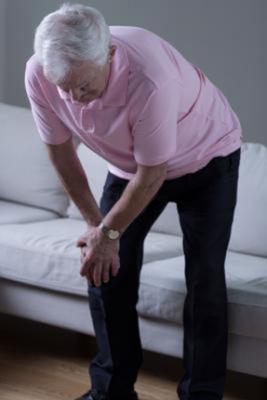What is Osteoarthritis?
Osteoarthritis is a chronic disease which results in stiff and painful joints.
Causes
Old age, heredity factors, obesity, joint overuse and joint injury.
Symptoms
- Joint Pain
- Joint stiffness, swelling and tenderness
- Decreased movement
- Enlargement of the joint bone
Diagnoses
- X-rays
- Blood tests
- Arthroscopy
Affected Joints
- Knee
- Shoulder
- Hands
- Spine
- Elbows
- Ankles
Pain
The principal symptom of osteoarthritis is pain, with an intensity that varies according to the affected joint.
Typical features of pain resulting from osteoarthritis include:
- Onset and intensification brought on by joint movement.
- Reduction or disappearance following joint rest.
- Weakening in the morning, escalating throughout the day, and becoming intense in the evening.
- Often preventing you from getting to sleep easily and occasionally waking you at night.
- Recurring in your hip, knee or shoulder following physical activity such as walking, climbing stairs or lifting your arms
Difficulty Moving
Osteoarthritis causes what is referred to as functional impairment. The location and intensity of the pain you experience from your osteoarthritis will impact and generally reduce your mobility and flexibility. Your movements become more painful and you have greater difficulty performing daily activities. Routine actions such as unscrewing the lid off a jar or climbing stairs become an effort.
The extent of functional impairment varies from person to person and according to their activities. For instance, osteoarthritis of the knee will affect a football player far more than an individual who does not practise a sport, or a pianist will be very limited by osteoarthritis of the fingers.
While osteoarthritis will generally not trigger any fever or weight loss, it will often cause joints to swell. This indicates an accumulation of fluid in the joint (synovial effusion) and is more frequently seen in the knees. Osteoarthritis can cause small nodules and lumps to form on the fingers and toes. Bone spurs (osteophytes or bony lumps) may also develop around the joints, particularly of the hands and knees, eventually causing irreversible joint damage and deformity.

Why Piascledine
Clinically proven treatment for osteoarthritis proven to :
- Reduce Pain
- Improve movement
- Slow down disease progression
- Have no drug interactions
- Reduce the use of harmful anti-inflammatories
TV Campaign




